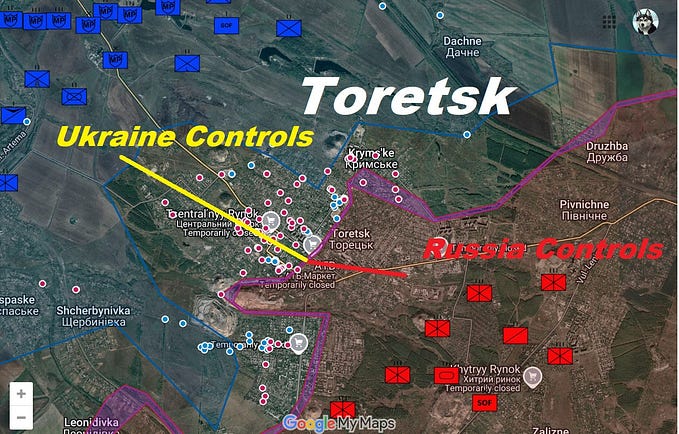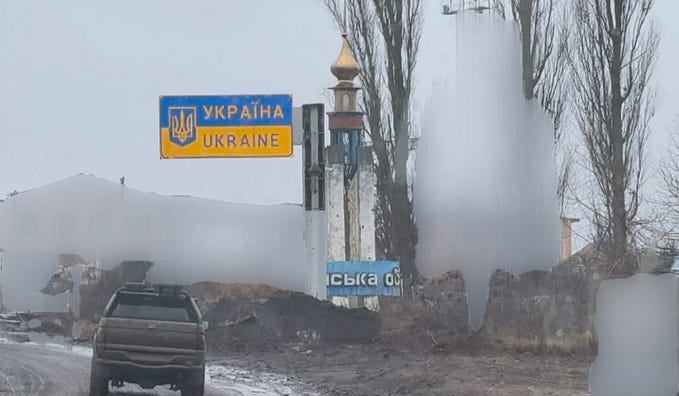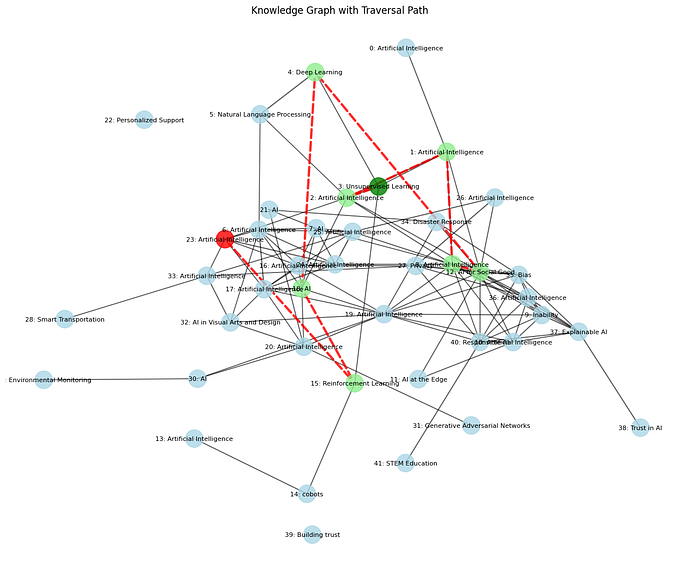District cooling for emerging market industrial parks
Sustainable cooling is critical on the path to net zero. Developing nations are generally more exposed to global warming. As urbanization, population and industrialization increases, so too do greenhouse gas emissions and the need for air-conditioning and other cooling activities.
Active cooling (air conditioning, refrigeration, industrial process, passenger transportation, etc) is responsible for more than 10% of global GHG emissions today. 80% of emissions comes from the energy consumed, while 20% comes from refrigerants.
An emerging business model today is District cooling. District cooling has the potential to significantly reduce building emissions. In specific cases, such as industrial parks, this is not only impactful but also makes financial sense and may help expanding industrial parks attract more foreign manufacturers to their zones. The key challenge is finding large developers willing to be the early adopters in the space.
What is District cooling?
District cooling is a system where central cooling plants produce and supply chilled water to clusters of buildings through underground networks of insulated pipes. Once the chilled water reaches a building, an on-site heat exchanger absorbs heat from the building space and circulates cooling through the HVAC system. The water is then piped back to the central cooling plant to be chilled again.
Why is District cooling important?
Systemwide, the economies of scale in district cooling can reduce the aggregate energy consumption of a building cluster by 20%-70%. District cooling can also reduce water use by 15%-20% and refrigerant use by 10%-15%.[i] These economies of scale come from:
· Reduced installed capacity: Not all buildings have their peak load at the same time. This “load diversity” in a combined system means more buildings can be reliably served at a lower installed capacity. This is similar to how large electricity grids generally have lower levelized costs of energy vs minigrids. See previous article to learn more about green urban minigrids
· Optimized operations and manpower: With district cooling, equipment can be operated at the most efficient levels by specialized experts who can operate, maintain equipment and maximize lifetime. Refrigerants with lower global warming potential can also be utilized to further reduce overall climate impact.[ii]
· Advanced technologies: The aggregated scale allows developers the ability to conduct due diligence and utilize more efficient technologies such as absorption chillers, heat exchangers, and thermal energy storage.
For individual buildings within the service area of a district cooling network, this has significant benefits:
- Utility cost savings;
- Decreased upfront capex related to purchasing chillers;
- Greater reliability of operations;
- Full transfer of performance risks and O&M; and
- Freeing up gross floor area to use, lease or sell.
District cooling is a mature technology. However, systems have had low penetration in both brownfield and greenfield cases today due to implementation challenges. For existing building clusters, the difficulty lies in the complexity of constructing new piping that may intersect water and sewage lines underneath existing urban areas and high switching costs for buildings that have recently purchased chillers. For new developments, the challenge lies in securing off-takers due to the lengthy development and construction times which impact the economies of scale in cooling production to materialize.
Opportunity to decarbonize cooling at industrial parks
Bluefield industrial park projects (large expanding economic zones), however, provide a unique opportunity that address these implementation challenges. These industrial parks are also generally on flat terrain which is crucial for the efficiency of the piping networks.
Convening power: Private industrial parks where the developer retains operations control the road and utility networks and so face low resistance in installing the subterranean piping. These developers also have a close relationship with manufacturers located within the industrial estates. Hence, they can conduct business development and sales during the feasibility analysis stage.
Lower offtake risk: For the greenfield phases of the zone, system sizing and piping can be planned to coincide with commissioning dates of industrial facilities, providing the initial economies of scale. For the brownfield phases, industrial chillers at the district cooling plant and the piping network can be acquired and installed when a building cluster’s old chillers reach the end of their useful life.
Lower capex: Special economic zone incentives generally include tax exemptions and duty-free importation for equipment and construction. The construction permitting process is also standardized and set up to be transparent in order to promote investment into the zones.
Lower opex: Fiscal incentives also generally include no/lower VAT on revenues from chilled water sales and income tax holidays. Additional cost reductions may also be unlocked if absorption chillers can be used to convert industrial waste heat or ground heat into cooling, if sources of natural cooling (rivers, lakes) are utilized, or if technology advancement allows ice created by nearby LNG regasification facilities to be utilized.
Lower scope 2 emissions: Aside from lower emissions intensity form economies of scale, a centralized district cooling system can also mitigate most of the emissions from electricity used by its facilities. Clean energy procurement mechanisms allow developers to decarbonize the entire load by sourcing baseload geothermal or 24/7 solar+storage. This is possible in countries such as India, the Philippines, Kazakhstan, Romania, Russia, Turkey, Ukraine, Argentina, Brazil, Chile, Guatemala, and Peru. See previous article for more information on 24/7 dispatchable generation with solar and wind
District cooling is particularly relevant for large industrial parks in hot climates that are growing their footprint as the total addressable market will include not just greenfield buildings, but also brownfield opportunities. See previous article for more information on greening high energy consumption buildings
Thermal energy storage for district cooling

Installing an energy storage system for a district cooling plant allows for more flexibility by decoupling cooling from electricity generation. Using thermal energy storage to partially decouple cooling demand with electricity supply can even reduce peak power demand by 30%-35%.[iii]
In liquid air energy storage, air, natural gas, or CO2 is frozen/cooled until liquified, then stored. During discharge, the liquid is gasified, through exposure to ambient air or heat. The expansion of the gas turns a turbine that generates electricity. In solid state energy storage, heat bricks, rocks or concrete are heated and kept insulated. During discharge, a heat engine converts energy into cooling. See previous article for overview of emerging energy storage technologies
Current installations
The Middle East hosts the largest installed capacity. However, semiconductor manufacturer ST Microelectronics is currently building the largest district cooling system in Southeast Asia at its built-out technopark in Singapore. The system will supply chilled water to STMicro’s headquarters as well as four wafer fabrication plants. Once completed in 2025, the installation is estimated to cut annual electricity consumption of the locators within the technopark by 20% and reduce emissions by up to 120,000 tonnes per year.[iv]
Many developer-operators specialize in district cooling around the world. In Southeast Asia, those that have invested the most are Keppel DHCS (Singapore and Thailand), Singapore Power, Daikin (Singapore), Engie (Philippines and Malaysia) and Mitsui (Thailand). Additionally, many development finance institutions see the potential for thisto significantly reduce emissions and provide bankable returns. What the industry is looking for now is proponents to support and projects to fund.
[i] “National District Cooling Potential Study for India.” Joint report from UNEP, EESL, C2E2 and PwC India contributing to District Energy in Cities Initiative
[ii] “EDGE Guidance Document for Refrigerant Selection to Reduce Climate Impact based on the Montreal Protocol.” https://edgebuildings.com/wp-content/uploads/2022/04/170403-RefrigerantSelection_EDGE_MontrealProtocol.pdf
[iii] “National District Cooling Potential Study for India.” Joint report from UNEP, EESL, C2E2 and PwC India contributing to District Energy in Cities Initiative
[iv] Qing, Ang. “Largest industrial district cooling system to be built in Ang Mo Kio by 2025.” May 18, 2022. https://www.straitstimes.com/singapore/largest-industrial-district-cooling-system-to-be-built-in-ang-mo-kio-by-2025
Disclaimer: This post reflects personal views and not those of the International Finance Corporation, World Bank, or any other member of the World Bank Group









